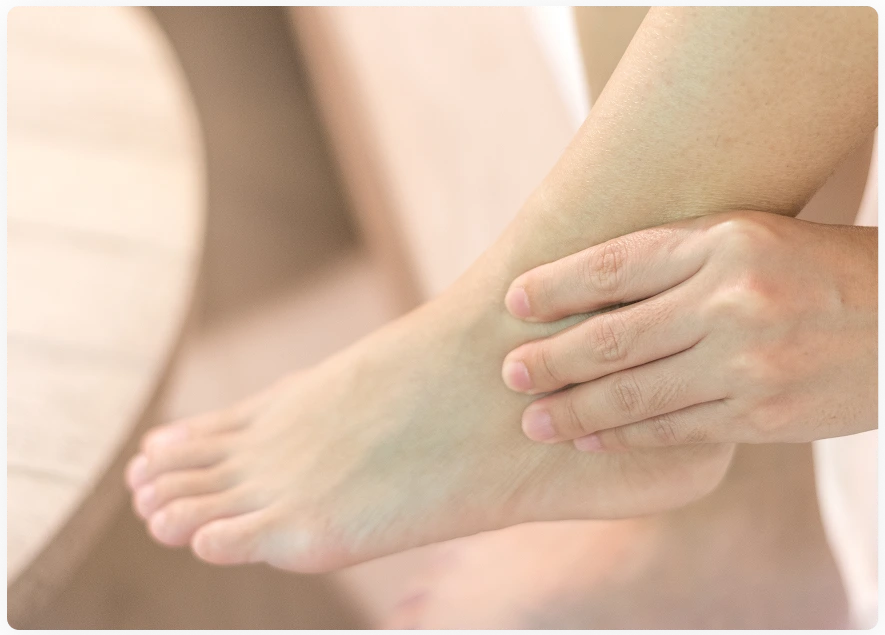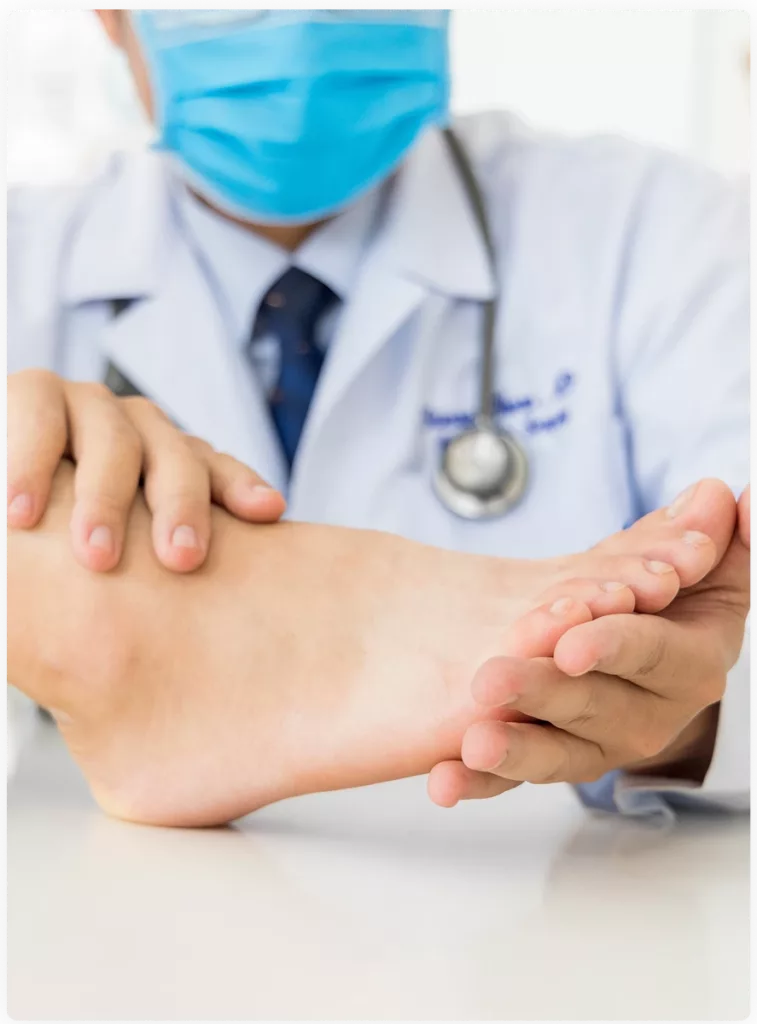Foot HealthCare Associates is a top destination for metatarsalgia treatment in the Detroit metro area, combining innovative techniques with personalized care plans. We utilize cutting-edge diagnostic technology to identify the root causes of forefoot pain beyond just addressing immediate symptoms. Our comprehensive approach integrates various treatment options, including custom orthotics, REMY Class IV Laser Therapy, and surgical solutions when necessary. With locations in Novi, Southfield, Howell, and Livonia, patients throughout the region can access specialized podiatric expertise without extensive travel. Our board-certified team ensures that each individual receives the most effective intervention for lasting relief and restored foot function.
Metatarsalgia is a painful inflammatory condition that affects the ball of the foot, specifically the area where the metatarsal bones connect to the toes. This common foot ailment is characterized by sharp, aching, or burning pain that intensifies when standing, walking, or flexing the foot, and may be felt as if walking on pebbles. The discomfort typically centers under the second, third, and fourth metatarsal heads, though it can sometimes radiate toward the big toe, creating significant discomfort during everyday activities. If left untreated, metatarsalgia may progressively worsen, potentially leading to changes in gait as the person attempts to avoid pain, triggering additional problems in the knees, hips, or back.


REMY Class IV Laser Therapy is a non-invasive treatment option that uses specific wavelengths of light to reduce inflammation, enhance circulation, and promote tissue healing in the metatarsal area. This procedure can effectively alleviate pain, accelerate recovery, and support overall foot function by targeting the painful region. It is often used as a part of a broader treatment plan, especially when conservative options like rest or orthotics are not enough to relieve symptoms.
Recovery from metatarsalgia treatment depends on the severity of the condition and the chosen intervention. Conservative treatments such as rest, orthotics, and physical therapy often result in gradual improvement over several weeks, with reduced inflammation and pressure on the forefoot. When surgical correction is necessary, recovery may involve an extended healing period, typically including limited weight-bearing, elevation, and the use of protective footwear. Follow-up care is essential to monitor progress and prevent recurrence. Adherence to post-treatment guidelines usually supports a steady return to standard walking patterns and daily activities.

Metatarsalgia treatment may be recommended for individuals experiencing persistent forefoot pain that interferes with daily movement. Various factors can contribute to the need for treatment, especially when symptoms do not improve with basic rest or footwear changes. The following groups are common candidates:

The cost of metatarsalgia treatment in Novi, Southfield, Howell, and Livonia ranges from approximately $50 to $15,000, depending on the severity of the condition and the treatment approach. Conservative procedures, such as REMY Class IV Laser Therapy, typically cost between $50 and $150 per session, with a complete treatment package ranging from $300 to $1,500. More invasive options, including surgical interventions, can range from $3,000 to $15,000+. Patients with insurance coverage might pay a portion through copays or coinsurance.
We recommend consulting our healthcare providers for precise estimates tailored to your situation.

Foot HealthCare Associates transforms the approach to metatarsalgia treatment through our comprehensive care model that addresses symptoms and underlying biomechanical causes. We harness decades of collective expertise in podiatric medicine, offering patients access to advanced diagnostic technology and innovative treatment protocols unavailable elsewhere in the Detroit metro area. Our multi-disciplinary team provides integrated care beyond metatarsalgia, including related concerns like ingrown toenails and various skin conditions that might complicate foot health.
With four conveniently located offices across Novi, Southfield, Howell, and Livonia, patients can access specialized care without extensive travel, ensuring consistent treatment that helps prevent infection and promotes faster recovery. Our board-certified specialists prioritize patient education throughout the treatment process, empowering individuals with knowledge about their condition while developing personalized care plans that achieve lasting relief rather than temporary symptom management.
